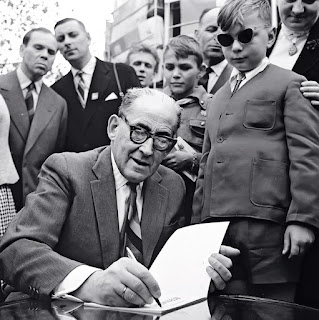Character's Identity
The
character’s identity is a person that a character is or develops into, as in
real life. In literature identity must be made clear through the writing, so
the writer can manipulate readers to think of a character in a certain way.
Character’s identity is what they discover when they ‘find themselves’.[1]
Identity
from psychological point of view, is what makes a human being unique as an
individual and different from others. Through time identity remains the same
under varying aspects or conditions. According to Aristotle, characters do not
act to show their identity but their identity is given because of the actions
that the author wants them to take (Aristotle 19). For Roland Barthes identity
of a character is a bunch of words that describe the character, taken together
and interpreted by the reader (Barthes 104). The identities of le
Carre’s characters are complex and they consist of different aspects which are
not always constant. They change as the conditions change.
To
illustrate aspects of the identity of le Carre’s characters I mainly use George
Smiley, Jim Prideaux and a few other characters. In the first chapter I will
focus on the relations between characters’ names and their identities. I will
elaborate on personal identity as well as the identity of a spy which will be
enhanced in Chapter 2. I will show that among spies there are different models
of identities. In the last chapter I will present the characters as men and
women, as well as the people who have duties as wives and husbands.
Wait for more :) !
[1] Blake Johnson, Sarah. “The Prism of Roles: Another View of Character Identity
and Narrative”. Web. 05 June
2013.<http://www.hungermtn.org/the-prism-of-roles-another-view-of-character-identity-and-narrative/>.


Komentarze
Prześlij komentarz